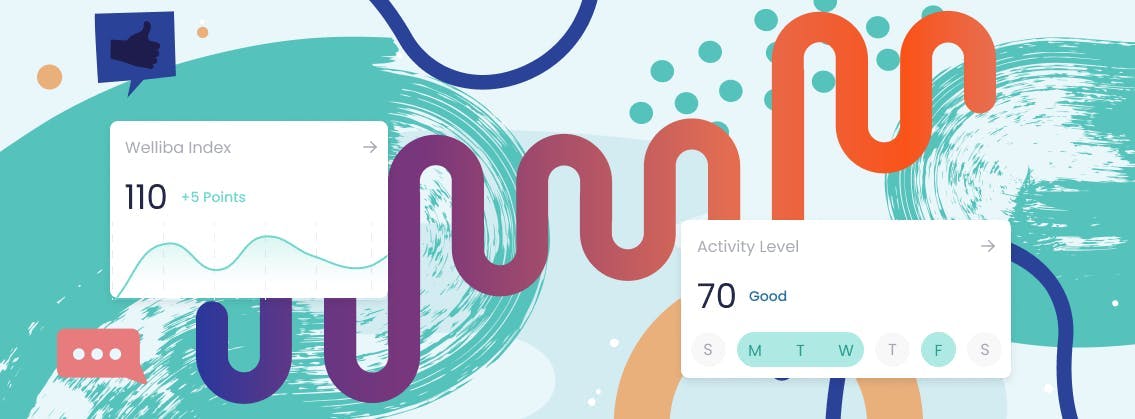Automate QA processes in your Flutter application

























Automate Flutter app testing with Patrol
When do you need automated UI tests?

The growth of the mobile app
The growth of the mobile app

Release the mobile app to production
Release the mobile app to production

Ubiquitous regression
Ubiquitous regression

Critical User Flows
Critical User Flows

Need an alternative to Appium
Need an alternative to Appium
We’ve built our own Flutter UI testing framework, Patrol. It overcomes the limitations of the existing solutions. Patrol is the only UI Testing Framework that works with both Flutter and native UI.
Meet Patrol

What is included in Automated UI Testing in Flutter?
What can you expect from our Team of QA Experts?
How can you start with Automated UI Testing in Flutter?
Related services
Our experience


Welliba


Activy


Credit Agricole Bank Polska
Meet our satisfied clients

Solid knowledge and trusting cooperation help us deliver new features to our customers quickly, continuously, and based on high-security standards. The sophisticated code base and experience within LeanCode provided us with a strong foundation for the IT security certification process. We are thrilled and grateful to have found LeanCode as a partner and look forward to our further cooperation.


Solid knowledge and trusting cooperation help us deliver new features to our customers quickly, continuously, and based on high-security standards. The sophisticated code base and experience within LeanCode provided us with a strong foundation for the IT security certification process. We are thrilled and grateful to have found LeanCode as a partner and look forward to our further cooperation.


If you decide to work with LeanCode, you will experience a lot more than a usual relationship between a client and a vendor. They have empathy combined with responsibility, and they are really lean - both for small and big clients.


If you decide to work with LeanCode, you will experience a lot more than a usual relationship between a client and a vendor. They have empathy combined with responsibility, and they are really lean - both for small and big clients.


LeanCode has delivered the MVP within 2.5 months, exceeding our expectations. Agile and detail-oriented, they've taken the time to understand the banking industry to deliver the most effective solution for our users. They are professional, efficient, and responsive.


LeanCode has delivered the MVP within 2.5 months, exceeding our expectations. Agile and detail-oriented, they've taken the time to understand the banking industry to deliver the most effective solution for our users. They are professional, efficient, and responsive.

Let's talk about our test automation solutions!

During our first interview, we will discuss your current stage of the mobile app, your vision for UI testing, available resources, and how we can be helpful. We will inform you about the potential budget and timeline.

